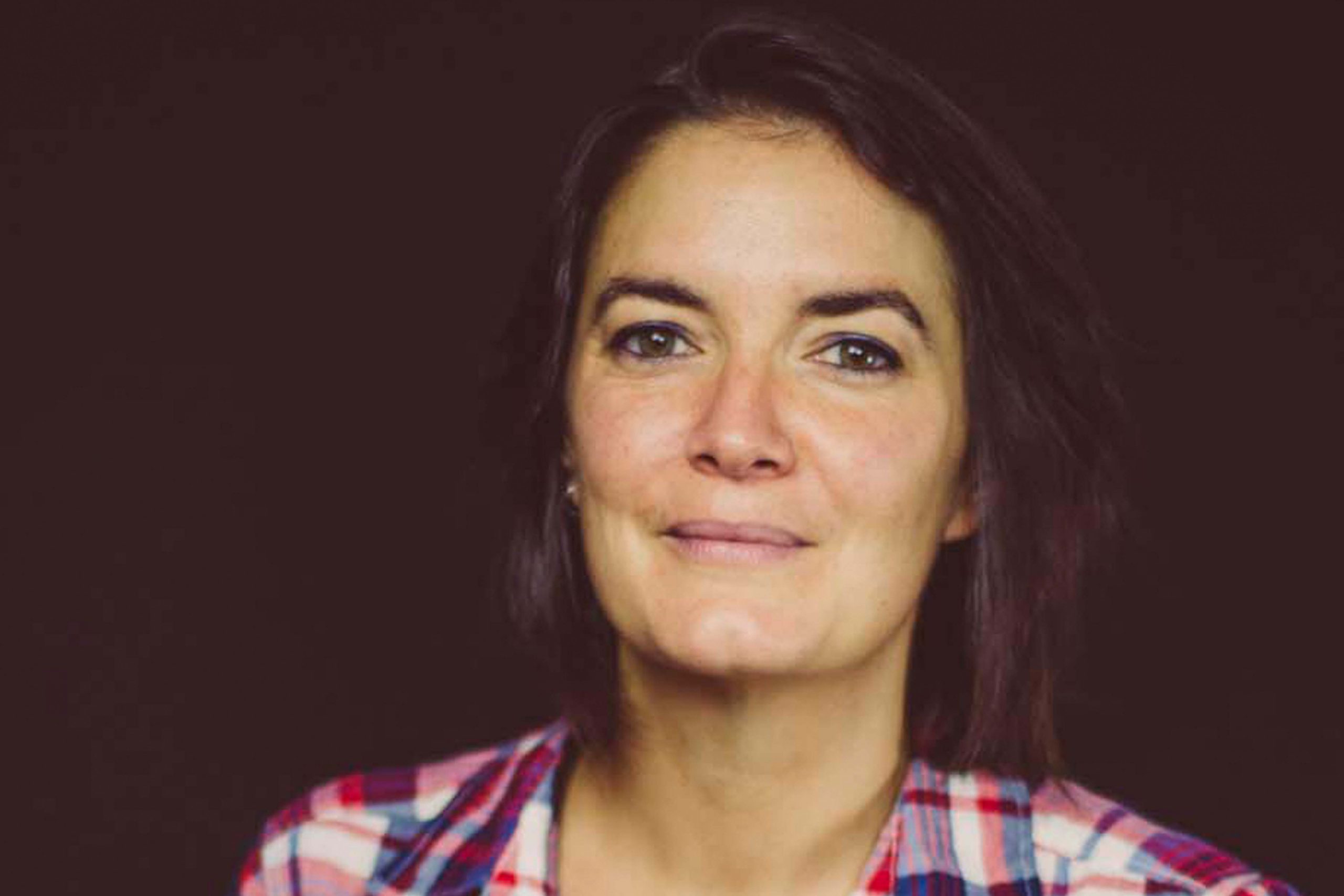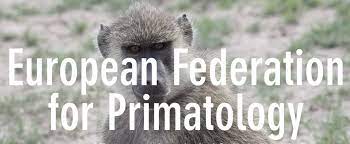Marie Charpentier
Research Director
I work on the evolution of sociality in primate societies using long-term, individual-centered data. Since 2012, I have been running a field station in southern Gabon (Parc de la Lékédi, Bakoumba) to study the world's only natural population of habituated mandrills. In this population, I study the main determinants of social relationships, such as kinship or individual parasite status, as well as the proximal factors that regulate these relationships.
The social microbiome: The missing mechanism mediating the sociality-fitness nexus?
In many social mammals, early social life and social integration in adulthood...
The Mandrillus Project
The Mandrillus project (www.projetmandrillus.com) is studying the socio-ecology of the only habituated population of wild mandrills...
Stillbirth of a mandrill (Mandrillus sphinx) in the wild: perinatal behaviors and delivery sequences
Birth is a fundamental event in the lives of animals, including our own...
81 documents
- Marie Charpentier, Clémence Poirotte, Berta Roura-Torres, Paul Amblard-Rambert, Eric Willaume, et al.. Mandrill mothers associate with infants who look like their own offspring using phenotype matching. eLife, 2022, 11, ⟨10.7554/eLife.79417⟩. ⟨hal-03858911⟩
- Nikolaos Smit, Alice Baniel, Berta Roura-Torres, Paul Amblard-Rambert, Marie Charpentier, et al.. Sexual coercion in a natural mandrill population. 2022, pp.e36. ⟨10.24072/pcjournal.134⟩. ⟨hal-03768167⟩
- Jules Dezeure, Marie Charpentier, Elise Huchard. Fitness effects of seasonal birth timing in a long-lived social primate living in the equatorial forest. Animal Behaviour, 2022, 185, pp.113-126. ⟨10.1016/j.anbehav.2022.01.002⟩. ⟨hal-03768630⟩
- Peter M. Kappeler, Elise Huchard, Alice Baniel, Charlotte Canteloup, Marie J.E. Charpentier, et al.. Sex and dominance: How to assess and interpret intersexual dominance relationships in mammalian societies. Frontiers in Ecology and Evolution, 2022, 10, pp.918773. ⟨10.3389/fevo.2022.918773⟩. ⟨hal-03820273⟩
- Marie Charpentier, Marie Pelé, Julien Renoult, Cédric Sueur. Social data collection and analyses. Roberto Salguero-Gomez; Marlène Gamelon. Demographic methods across the tree of life, Oxford University Press, pp.53-76, 2021, 978-0-19-883860-9. ⟨10.1093/oso/9780198838609.003.0003⟩. ⟨hal-03807793⟩
- Illich M Mombo, Larson Boundenga, Eloise Suquet, Barthélémy Ngoubangoye, Gael Darren Maganga, et al.. Natural infection of free-ranging mandrills (Mandrillus sphinx) by enteroviruses and astroviruses in southern Gabon. Microbial Pathogenesis, 2021, 150, pp.104659. ⟨10.1016/j.micpath.2020.104659⟩. ⟨hal-03065952⟩
- Vicky Oelze, Alice Percher, Gontran Nsi Akoué, Nory El Ksabi, Eric Willaume, et al.. Seasonality and interindividual variation in mandrill feeding ecology revealed by stable isotope analyses of hair and blood. American Journal of Primatology, 2020, ⟨10.1002/ajp.23206⟩. ⟨hal-02998461⟩
- Marie J.E. Charpentier, M. Harté, C. Poirotte, J. Meric de Bellefon, B. Laubi, et al.. Same father, same face: Deep learning reveals selection for signaling kinship in a wild primate. Science Advances , 2020, 6 (22), pp.eaba3274. ⟨10.1126/sciadv.aba3274⟩. ⟨hal-02998449⟩
- Serge Ely Dibakou, Alain Souza, Larson Boundenga, Laurent Givalois, Séverine Mercier-Delarue, et al.. Ecological, parasitological and individual determinants of plasma neopterin levels in a natural mandrill population. International Journal for Parasitology: Parasites and Wildlife, 2020, 11, pp.198-206. ⟨10.1016/j.ijppaw.2020.02.009⟩. ⟨hal-02995775⟩
- Clémence Poirotte, M. Charpentier. Unconditional care from close maternal kin in the face of parasites. Biology Letters, 2020, 16 (2), pp.20190869. ⟨10.1098/rsbl.2019.0869⟩. ⟨hal-02998422⟩
Follow Me On

Contact Info
Specialty
Mandrills, Primatology, Sociality



